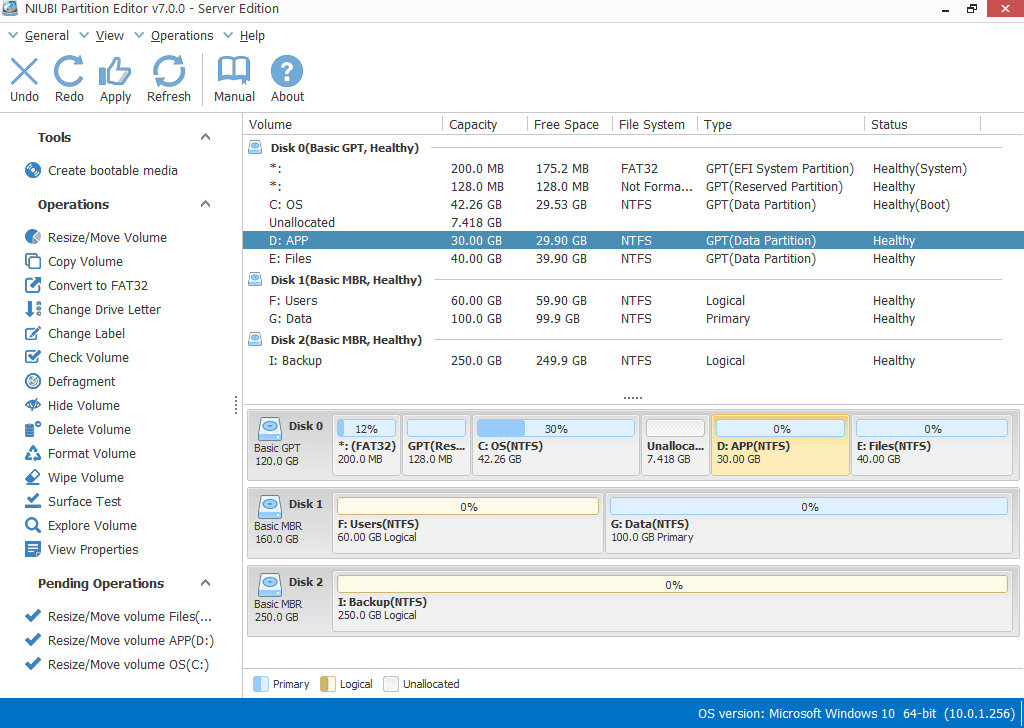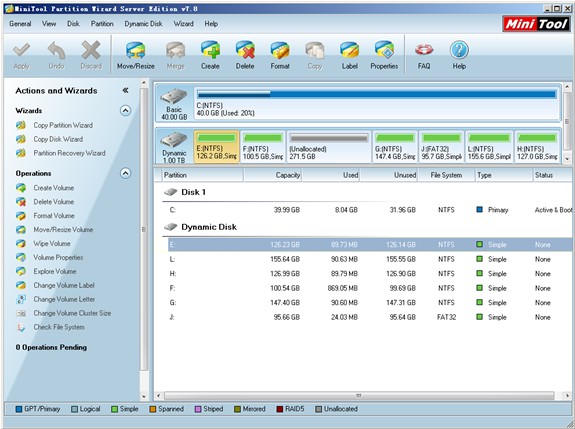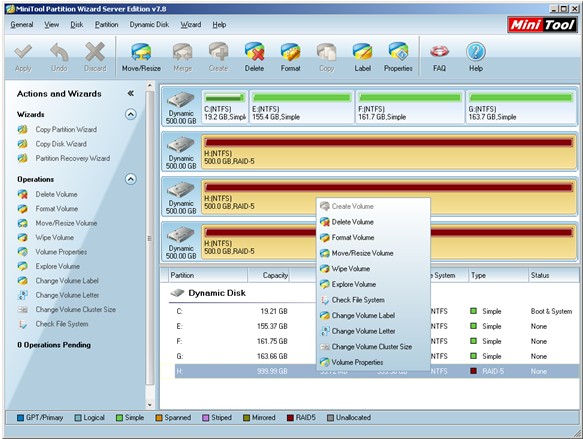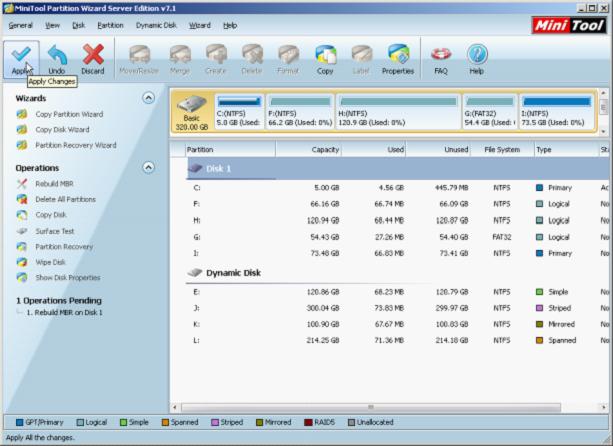

Otherwise click next and skip the next step.Ĭlick browse, select the license key and click upload to add the license to the server. I have a license, so I click edit to add the license. On the license screen you can use the evaluation license which has some limitations but it is enough for a lab environment. When you login for the first time you will be prompted to do the initial configurations. Use App Volumes Manager on one of the following supported browsers: On the desktop you should notice a new icon. Click next to continue.Īfter that the installation will start and if successful you should see the following screen. You have the possibility to change the location of the installation.

You can choose to enable HTTP traffic and change the ports as you like. On my SQL server I’ve created a Login ID for the App Volumes Manager.Įnter the SQL server name or IP-Address, Login ID, Password and the name of the database you want to create or use. I my case I have an SQL server running, so I chose to connect to an existing SQL Server Database.
#VOLUME MANAGER SERVER INSTALL#
Select I accept the terms in the license agreement and click next.Ĭhoose Install App Volumes Manager and click Install.Īnother welcome wizard appears, this one is specific for the App Volumes Manager, click next to continue.ĭepending on your environment you can choose to install SQL Server Express or connect to an existing SQL Server. When the installation is launched, the welcome wizard appears. Click next to continue. ISO file is mounted on the VM, open the explorer and start the Setup.exe You can use VMware ESXi 5.5.x, 6.x and vCenter Server (ESXi and vCenter Server must be the same version) – It’s preferred to use VMware VSphere as hypervisor. – The App Volumes database requires Microsoft SQL Server 2008 R2 SP2 or Microsoft SQL Server 2012 SP1 (Any version, including Express). – It can be installed on Windows Server 2008 R2 (Standard, Enterprise or Datacenter) or Windows Server 2012 R2 (Standard and Datacenter).
#VOLUME MANAGER SERVER HOW TO#
Applications are bundled in AppStacks and delivered by attaching a standard VMDK file to a virtual machine. Applications delivered by using App Volumes look and feel natively installed and you can update or replace the applications in real-time. You can centrally manage the applications with the App Volumes Manager and there is no need to modify the desktops or individual applications. In this guide I will show you how to install and configure the App Volumes Manager.Įnsure that your system meets the following software and hardware requirements before you install App Volumes If you extend a logical drive beyond the free space available in the extended partition, the extended partition grows to contain the logical drive as long as the extended partition is followed by contiguous unallocated space.VMware App Volumes provides a system to deliver applications to desktops through virtual disks. You can extend a logical drive within contiguous free space in the extended partition that contains it. To extend a basic volume, it must be formatted with the NTFS file system. You can add more space to existing primary partitions and logical drives by extending them into adjacent, contiguous unallocated space on the same disk.

You can only create basic volumes on basic disks. Partitions and logical drives on basic disks are known as basic volumes.

Applies To: Windows 10, Windows 8.1, Windows Server 2016, Windows Server 2012 R2, Windows Server 2012Ī basic disk is a physical disk that contains primary partitions, extended partitions, or logical drives.


 0 kommentar(er)
0 kommentar(er)
